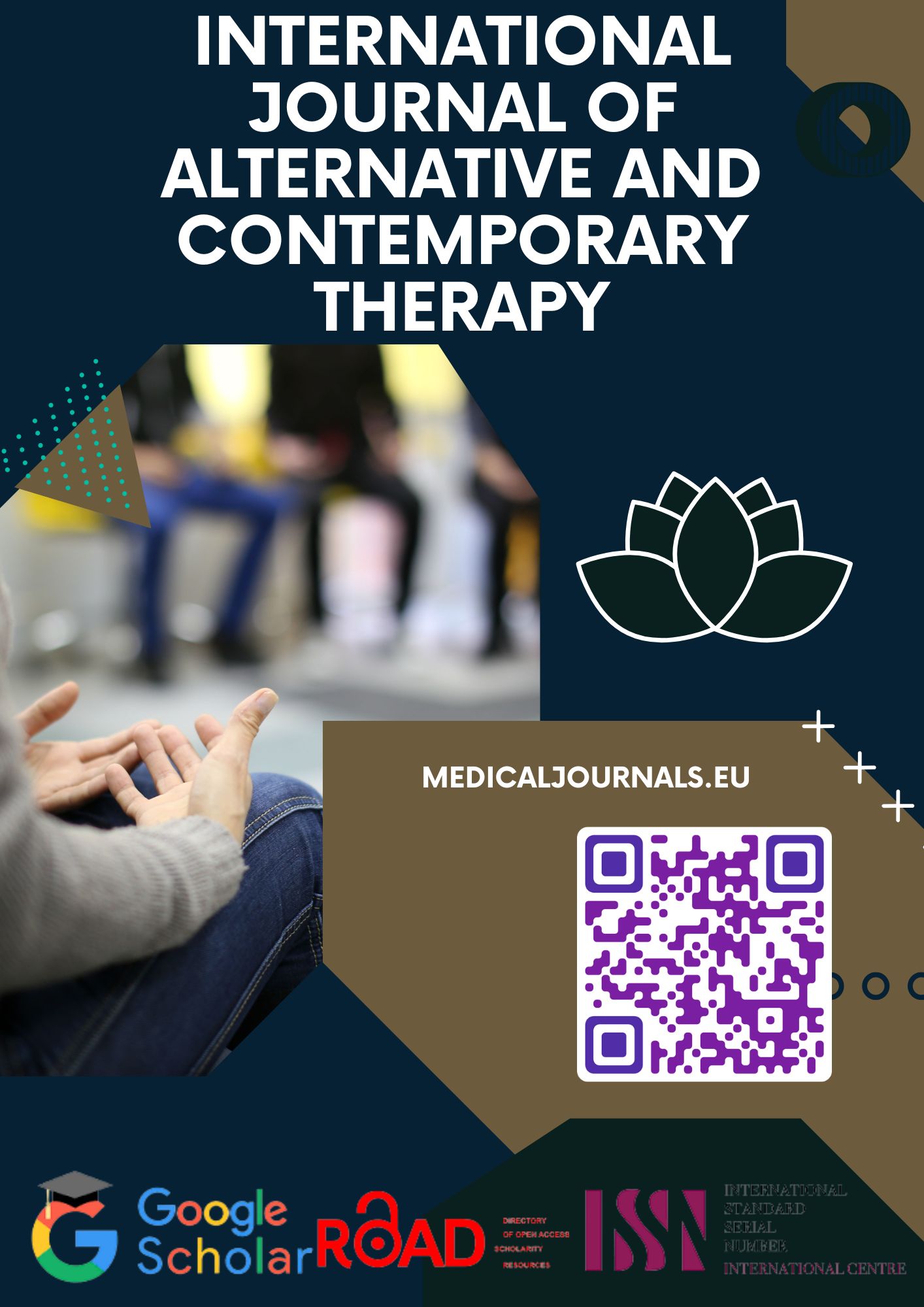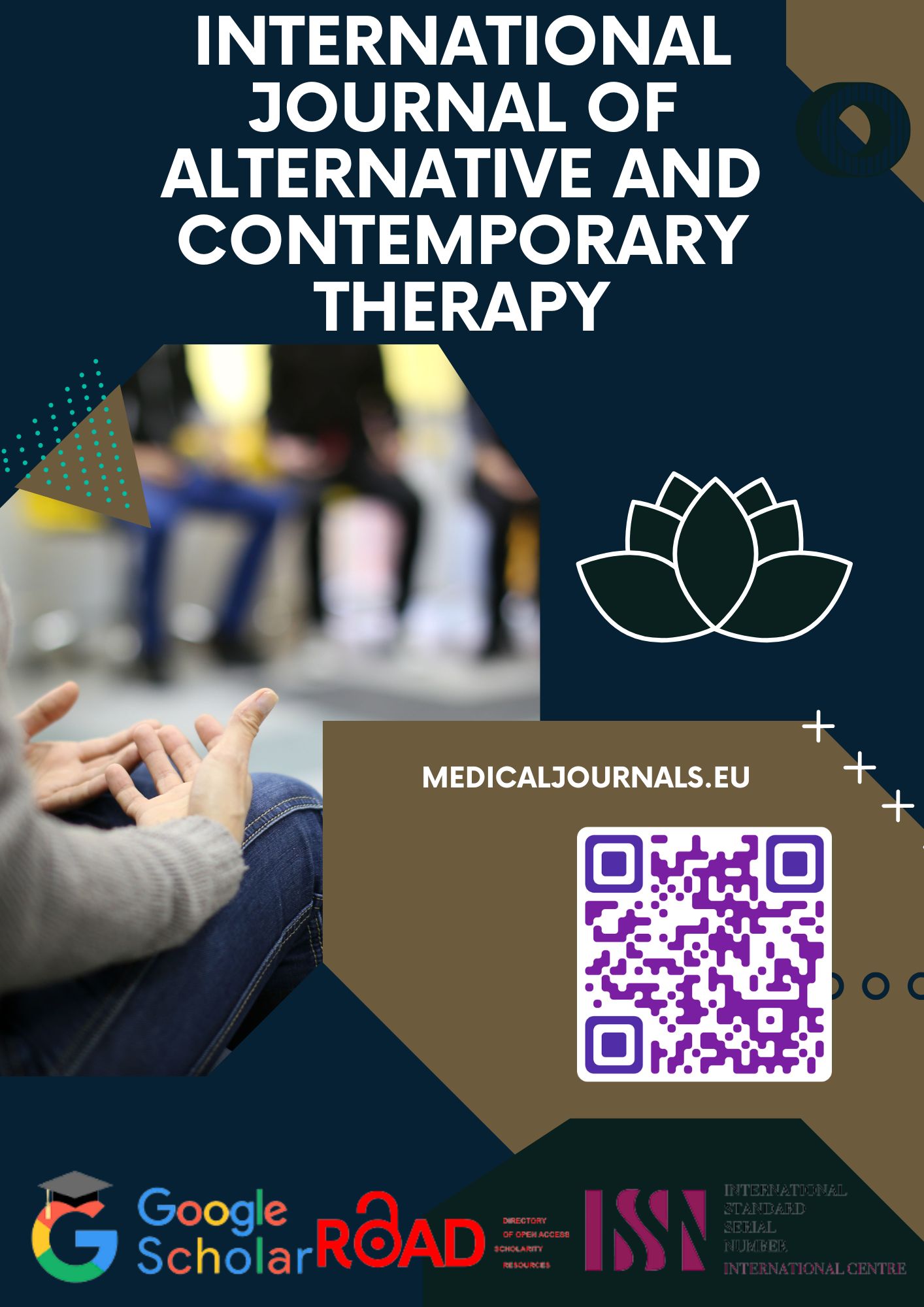Gout and Cardiovascular Diseases: Mechanisms, Risk Assessment and Impact of Therapy
Keywords:
gout, cardiovascular disease, cardiovascular riskAbstract
Gout is closely associated with cardiovascular diseases (CVD), particularly atherosclerotic conditions, as well as other conditions such as heart failure, atrial fibrillation, and aortic valve stenosis. In addition to the common presence of vascular comorbidities in gout patients, gout itself is an independent risk factor for CVD. Events related to the disease and mortality are often attributed to this condition. The purpose of this review is to update current knowledge regarding several unclear areas in the spectrum of gout and CVD, focusing particularly on risk variations based on gender and origin, the potential deposition of monosodium urate (MSU) crystals in arterial walls as a pathogenic pathway, efforts to assess CVD risk in gout populations, and recent debates on the impact of gout therapy on CVD.








